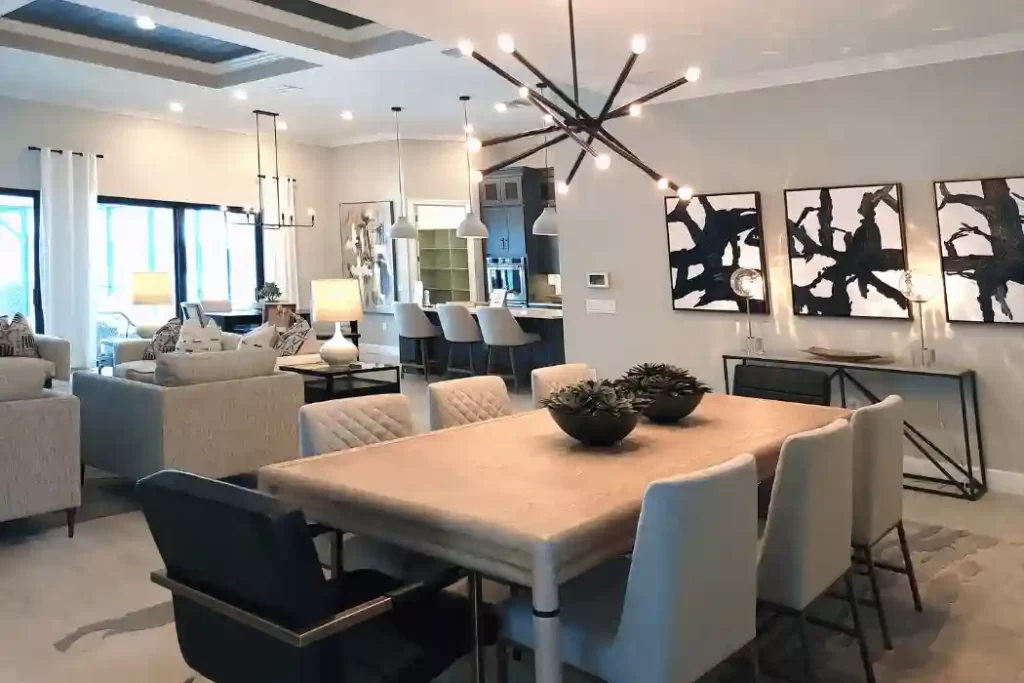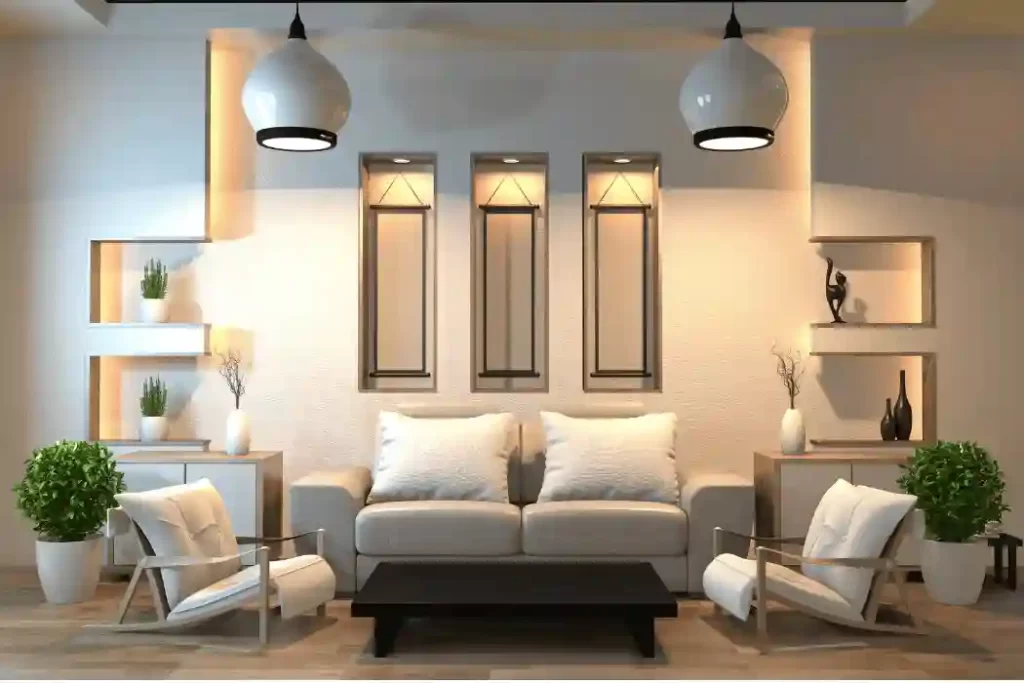Have you ever walked into a room and immediately felt a sense of calm or excitement? Or perhaps you’ve experienced a sudden boost in productivity when working in a well-designed space. These reactions are not mere coincidences but rather the result of the psychology of interior design. The way our environment is designed and arranged has a profound impact on our mood, behavior, and overall well-being. In this article, we will explore the fascinating connection between interior design and psychology, uncovering the ways in which our surroundings influence us on a deeper level.
The field of interior design goes beyond aesthetics and functionality. It delves into the realm of psychology, recognizing that our environment has a profound effect on our emotions, thoughts, and actions. Whether it’s the colors on the walls, the arrangement of furniture, or the presence of natural elements, every aspect of a space can shape our experiences within it.
The Importance of Interior Design
Interior design is not merely a superficial aspect of our surroundings; it plays a significant role in our daily lives. It has the power to create harmony, inspire creativity, and promote well-being. By understanding the psychology behind interior design principles, we can transform our spaces into uplifting, functional, and personalized sanctuaries. Home renovation is an exciting opportunity to transform your living space and enhance its interior design.

The Role of Colors
Colors have a remarkable ability to evoke specific emotions and influence our mood. Warm colors like red and orange can energize and stimulate, while cool colors such as blue and green can promote relaxation and tranquility. The careful selection and use of colors in interior design can set the desired atmosphere and enhance the overall experience of a space.
Lighting and Its Impact
Lighting is an essential element in interior design, as it affects our circadian rhythm, mood, and productivity. Natural light has a positive impact on our well-being, promoting better sleep, reducing stress levels, and increasing Vitamin D production. Artificial lighting should also be carefully considered, ensuring it is neither too harsh nor too dim, to create an inviting and comfortable environment.
Spatial Layout and Functionality
The arrangement of furniture and the overall spatial layout greatly influence the functionality of a space. An efficient and well-thought-out design can enhance productivity, encourage social interaction, and promote a sense of flow and ease. Whether it’s an open floor plan or a more compartmentalized layout, the organization of space can significantly impact our behavior and daily activities.
Furniture and Ergonomics
Choosing the right furniture goes beyond aesthetics. Ergonomics plays a vital role in ensuring comfort, health, and productivity. Well-designed furniture that supports proper posture and body mechanics can prevent discomfort, fatigue, and long-term health issues. A thoughtfully furnished space can contribute to a positive and enjoyable experience for its occupants.
Creating a Calming Environment
In our fast-paced and stressful lives, having a calming environment to retreat to is essential for our well-being. Interior design can incorporate elements such as soft textures, soothing colors, and natural materials to create a serene atmosphere. By minimizing clutter and incorporating relaxation-inducing elements, we can create a peaceful haven to unwind and recharge.
Stimulating Productivity and Creativity
For those seeking to enhance productivity and unleash their creative potential, interior design can play a significant role. The strategic use of colors, lighting, and layout can foster an environment that inspires focus, motivation, and innovation. By creating a space that supports mental clarity and stimulates the imagination, we can maximize our productivity and creative output.
Enhancing Social Interaction
The design of a space can either facilitate or hinder social interaction. Whether it’s a welcoming living room layout, an inviting office space, or a communal area in a public setting, interior design can influence how people connect and engage with one another. By considering the arrangement of furniture, acoustics, and overall ambiance, we can create spaces that foster positive social interactions and a sense of community.
Personalization and Emotional Connection
When we personalize our living or working spaces, we establish a sense of ownership and emotional connection. Incorporating personal items, cherished mementos, or meaningful artwork can evoke positive emotions and a sense of familiarity. By infusing our spaces with elements that reflect our identity and values, we create a more meaningful and fulfilling environment.
Incorporating Nature and Biophilic Design
Humans have an inherent connection to nature, and incorporating elements of the natural world into interior design has numerous benefits. Biophilic design, which seeks to bring nature indoors, has been shown to reduce stress, improve cognitive function, and increase overall well-being. Whether it’s through the inclusion of plants, natural materials, or views of the outdoors, incorporating nature into our spaces can have a profound impact on our mood and health.
Designing for Well-being and Mental Health
In recent years, there has been a growing awareness of the impact of our environment on mental health. Interior design can contribute to creating spaces that support well-being and emotional balance. Considerations such as adequate natural light, proper ventilation, noise reduction, and the use of calming colors can all contribute to a more mentally healthy environment.
Cultural Influences on Interior Design
Interior design is deeply influenced by culture and heritage. Different cultures have their unique aesthetics, color preferences, and design principles. Exploring and incorporating elements from various cultures can add richness and diversity to interior design, creating spaces that celebrate and respect different traditions and styles.
Universal Design and Accessibility
Inclusive design is a crucial aspect of interior design, ensuring that spaces are accessible to people of all abilities. Universal design principles can be implemented to create environments that are user-friendly, accommodating, and barrier-free. By considering factors such as mobility, visual impairments, and ergonomics, interior designers can create spaces that are inclusive and welcoming to everyone.
Conclusion
The psychology of interior design reveals the profound impact our surroundings have on our mood, behavior, and overall well-being. By understanding and applying the principles of interior design, we can create spaces that promote tranquility, productivity, and social connection. Whether it’s through the strategic use of colors, lighting, furniture, or the incorporation of nature, our environment has the power to shape our experiences and enrich our lives.

